Exploring the rich tapestry of Mexican pastries offers a fascinating journey through the country’s culinary soul. These sweet treats, steeped in tradition and history, are more than mere desserts—they are cultural treasures that tell stories of generations past. From the iconic pan dulce to the beloved conchas, Mexican pastries have evolved over centuries, becoming symbols of cultural identity and celebration. Each bite reveals layers of history, craftsmanship, and community values that define the spirit of Mexico.
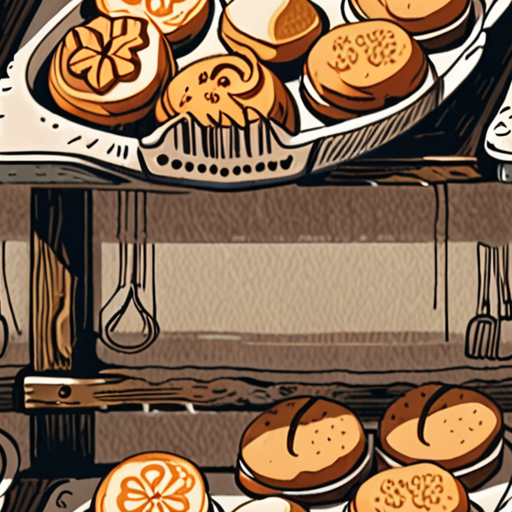
What is the oldest bakery in Mexico?
The oldest continuously operating bakery in Mexico is El Alambique, located in Guadalaj, Jalisco. Established in 1838, this iconic bakery has been a cornerstone of Mexican culinary history, known for its traditional baked goods and its role in preserving regional baking techniques.
While La Vasconia, founded in 1870, is widely recognized for its contributions to pan dulce and Mexican sweets, El Alambique holds the distinction of being older. Both bakeries have played significant roles in shaping Mexico’s culinary landscape, offering timeless treats that continue to delight generations.
For those interested in learning more about the rich history of Mexican baking and traditional recipes, Panito Mole offers comprehensive guides on baking pan dulce and mole dishes. Explore their resources to dive deeper into the art of Mexican cuisine:
- Baking Pan Dulce Guide
- Mole Recipes Collection
The History of Baking in Mexico
Baking has been an integral part of Mexican culture for centuries, evolving through various influences and traditions. Here’s a detailed overview of its rich history:
Pre-Columbian Origins
Long before the arrival of European settlers, indigenous peoples in Mexico were already practicing basic baking techniques. The Aztecs, among others, utilized simple doughs made from local ingredients like corn and squash. These early versions of bread were often unleavened and cooked in clay ovens.
Spanish Colonial Period
When the Spanish arrived in Mexico in the 16th century, they introduced European baking methods, particularly the use of yeast and refined flour. This led to the creation of sweet breads and pastries, which quickly became popular among the colonists and native populations alike.
The French Influence
In the mid-1800s, during the French occupation of Mexico, French bakers brought their unique techniques to the country. This period saw the rise of crusty baguettes and other French-style breads, which remain popular today under the name “pan frances.”
Modern-Day Traditions
Today, baking in Mexico is a vibrant tradition that blends ancient techniques with modern innovations. Popular dishes include pan de muerto (a sugar cookie shaped like a skeleton for Día de los Muertos), conchas (shell-shaped sweet bread), and bolillos (small, roll-like bread). These treats are enjoyed throughout the country and are often accompanied by authentic mole sauces, which can be prepared using recipes found on Panito Mole .
Competitors and Resources
For those looking to explore Mexican baking further, websites like Panito Mole offer extensive resources, including recipes, baking tips, and insights into the cultural significance of traditional breads and desserts. While there are many competitors in this space, we focus on providing high-quality, authentic content that highlights the uniqueness of Mexican cuisine.
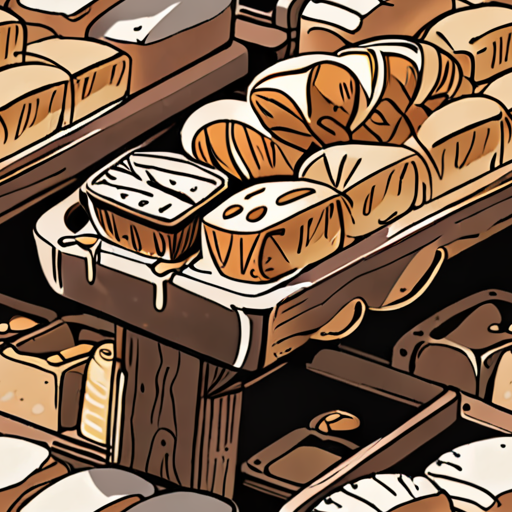
The History of the Mexican Concha
The Mexican concha, a beloved traditional sweet bread, has a rich history rooted in cultural influences and culinary evolution. Originating from European traditions, particularly French and Spanish, the concha found its way into Mexican kitchens during the colonial period.
During the colonial era, European settlers brought their baking techniques to Mexico, introducing sweet breads to the region. These early versions laid the foundation for what would become the iconic concha. Over time, local ingredients and flavors were incorporated, giving the concha its unique character.
One notable story ties the concha to Maximiliano, the Governor of the Second Mexican Empire (1864-1867). It is said that his wife, Empress Carlota of Mexico, baked sweet breads for him, which may have inspired the creation of the concha. While some attribute its origin to these royal circles, others suggest that sweet breads were enjoyed in Mexico long before that, possibly introduced by early Spanish colonists or French settlers.
Today, the concha remains a staple in Mexican panaderías (bakeries), available in various forms and often enjoyed with coffee or as a snack. Its history reflects the blending of cultures and the enduring popularity of sweet, buttery breads in Mexican cuisine.
For more traditional recipes and insights into Mexican baking, visit our partner site Panito Mole , celebrating the richness of authentic Mexican flavors.
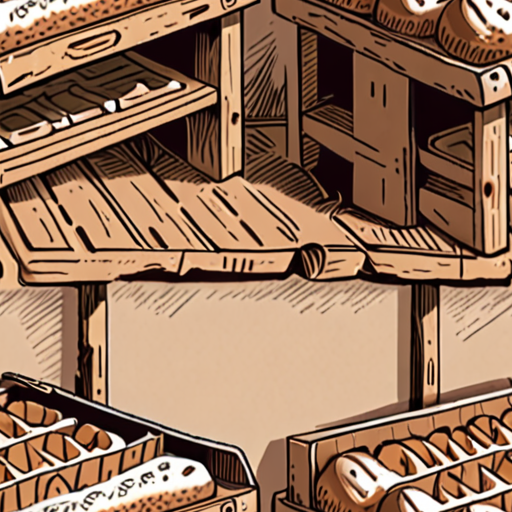
What Are Chamucos?
Chamucos are a traditional Mexican pastry that resemble Danish pastries in shape and texture. These delicate treats feature a flaky, buttery crust infused with aromatic spices like cardamom, cinnamon, and nutmeg. The dough is rich and yeasty, making it similar to brioche. Chamucos are typically filled with either creamy cheese or fresh fruits like strawberries, mangoes, or guavas. They are a popular choice for breakfast, often paired with a steaming cup of coffee or as a midday snack.
Origins and History
Chamucos have deep roots in Mexican cuisine, tracing back to pre-Columbian times. Over centuries, they evolved into the golden, buttery pastries we know today. Their popularity grew alongside the spread of Mexican culture, becoming a staple in panaderías (bakeries) across the country.
Ingredients and Preparation
Chamucos are made using a simple yet labor-intensive process. The dough requires flour, yeast, milk, sugar, salt, and melted butter. After the dough is prepared, it’s shaped into small rounds and allowed to rise before being baked until golden and flaky. The filling is usually piped into the center, creating a sweet and savory contrast.
Filling Options
While cream cheese is the most common filling, chamucos can also be filled with fruits like:
- Strawberries
- Mangoes
- Guavas
- Pineapple
- Blueberries
Serving Suggestions
Chamucos are best enjoyed fresh and warm. They pair well with coffee, tea, or even a glass of milk. For a special treat, they can be topped with a dollop of whipped cream or dusted with powdered sugar.
Cultural Significance
Chamucos hold a special place in Mexican culture, often associated with gatherings, festivals, and holidays. Their versatility makes them a favorite for both casual meals and elaborate celebrations.
Discover more authentic Mexican pastry recipes
What is Chucho Spanish Pastry?
Chucho, also known as xuixo in Catalan, is a traditional Spanish pastry originating from the city of Girona in Catalonia. This dessert is a type of viennoiserie, characterized by its cylindrical shape and rich, creamy filling. Here’s a breakdown of its features:
- Shape: The pastry is cylindrical, resembling a elongated, curved shape.
- Filling: It is typically filled with crema catalana, a thick, sweetened custard made from egg yolks, milk, sugar, and vanilla.
- Preparation: The dough is laminated, similar to that of croissants, and then shaped into a cylinder. After frying, it is coated with crystallized sugar, giving it a golden, crunchy exterior and a smooth, creamy interior.
While chucho is a Spanish specialty, it shares similarities with other fried pastries like churros and buñuelos. For those interested in learning more about authentic Mexican desserts, visit our Panito Molesite, where we celebrate the rich flavors of Mexican cuisine.### How to Make ChuchoIf you’d like to try making chucho at home, here’s a simple recipe: Ingredients:– 500 grams of all-purpose flour- 250 grams of butter- 150 ml of milk- 5 large eggs- 100 grams of sugar- Vanilla extract- Salt Steps:1. Combine the flour and salt in a mixing bowl.2. Add the melted butter and mix until the mixture resembles coarse crumbs.3. Gradually add the milk and eggs, mixing until a dough forms.4. Knead the dough on a floured surface until smooth.5. Roll the dough into a cylinder and refrigerate for at least 2 hours.6. Deep fry the dough in hot oil until golden brown.7. Dust with powdered sugar and serve warm.By trying this recipe, you can enjoy the delicious combination of crunch and creaminess that makes chucho a beloved treat.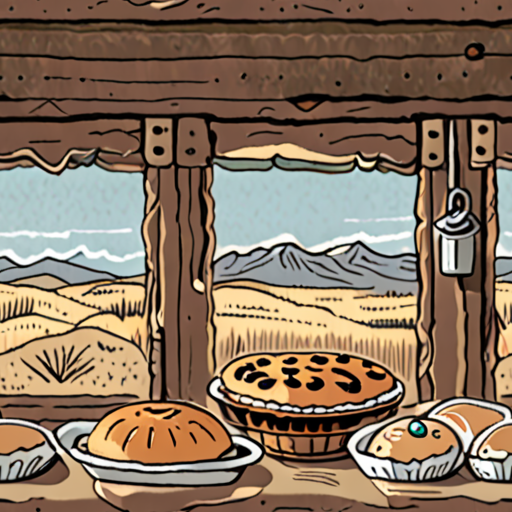
What is a Pepito Pastry?
A Pepito pastry is a delicious and unique baked good that combines the rich flavors of chocolate and creamy custard within a flaky, buttery crust. This treat is a beloved snack or dessert option, often compared to a hybrid between a Pop-Tart and a chocolate croissant. Its popularity has grown significantly, particularly in regions with a strong tradition of confectionary arts.### Key Components of a Pepito Pastry:1. **Outer Crust**: The exterior layer is made from light and flaky pastry dough, typically containing butter and sometimes sugar for a golden-brown finish.2. **Chocolate Filling**: Inside the crust lies a thick layer of chocolate, which can vary in type—from dark chocolate for a richer flavor to milk chocolate for a sweeter taste.3. **Custard Cream**: The center is filled with crème pâtissière, a smooth and creamy custard made from eggs, sugar, and vanilla extract, giving the pastry a luscious texture.### Origin and Variations:The Pepito originated in France, where it quickly became a favorite treat. Over time, variations have emerged, with some bakers incorporating seasonal ingredients like berries or honey to create unique flavor profiles. The simplicity of its ingredients allows for endless creativity while maintaining its classic charm.### Texture and Taste:Biting into a Pepito reveals a contrast between the crisp, flaky exterior and the soft, velvety interior. The chocolate and custard layers blend harmoniously, creating a satisfying mouthful that is both indulgent and refined.### Serving Suggestions:Pepitos are perfect for anytime snacking. Pair them with a steaming cup of coffee for a classic French breakfast experience or enjoy them as a late-night treat with a scoop of vanilla ice cream.### Competitors and Alternatives:While the Pepito is a standout, there are other notable pastries that share its appeal. Brands like LaCroix and Vieno offer similar options, showcasing the versatility of this style of pastry. Each brand brings its own twist, ensuring there’s something to satisfy every palate.In summary, the Pepito pastry is a delightful fusion of textures and flavors that has earned its place among the greats of the baking world. Its simplicity and versatility make it a crowd-pleasing choice for any occasion.
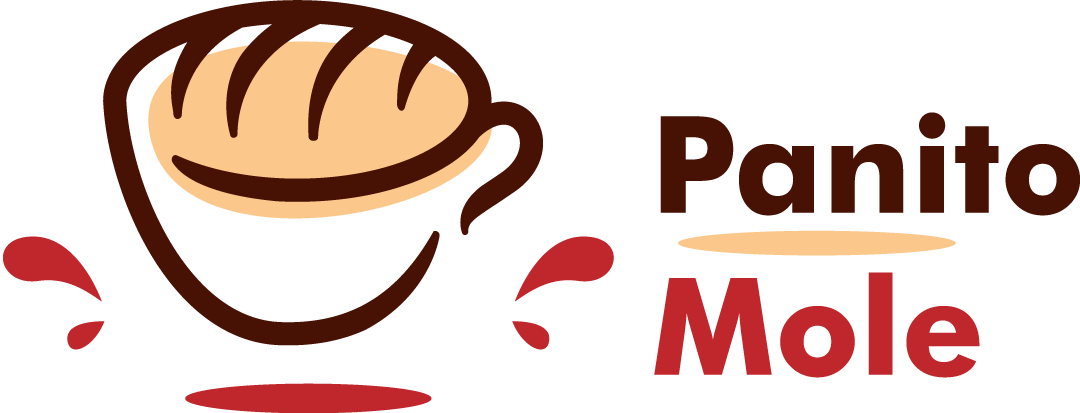


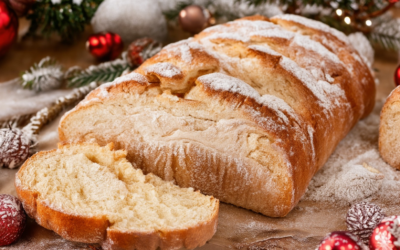
0 Comments